
Published: Last Updated:
Readtime: 15 min
Every product is carefully selected by our editors and experts. If you buy from a link, we may earn a commission. Learn more. For more information on how we test products, click here.
It probably comes as no surprise that Apple has released a massive number of iPhones over the years, and like us, you feel like you’re constantly a few models behind the latest and greatest. In fact, Apple has released more than 40 iPhones since 2007, which is pretty crazy if you ask us. With so many different numbers, Plus’, Pro’s and S’s, it can get confusing. So, we’ve broken down every single model from the original to the latest release to help you organise all your Apple tech in order of release.
How does one know which is the premier smartphone model in the entire iPhone lineup? Well, we’re here to find out once and for all, with our ranking of every iPhone model by release order.
RELATED: Need a New Phone? Here’s Which iPhone You Should Buy
iPhone Model in Order of Release
The reason why the iPhone is so great is how it revolutionised phone technology. The iPhone pioneered innovative technology that had never been seen before in terms of functionality, as well as pioneering a new type of user interface that produced a rich mobile internet browsing experience, among many other capabilities. Some of the key features that made the first iPhone so great were its multitouch interface, a soft keyboard, and visual voicemail, not to mention that everyone else had it!
The success of the iPhone is unparalleled and can be put down to two key factors: how it intertwines with users’ lives and its constant updates. For phone owners, iPhones are now almost an extension of themselves, capable of doing so much with just one device. As well as this, the iPhone never dropped the ball when it came to updating to keep up with the times, constant technological developments, and added features, ensuring each model is better with every release.
| iPhone Model | Release Date |
|---|---|
| iPhone | 29 June 2007 |
| iPhone 3G | 11 July 2008 |
| iPhone 3GS | 19 June 2009 |
| iPhone 4 | 24 June 2010 |
| iPhone 4S | 14 October 2011 |
| iPhone 5 | 21 September 2012 |
| iPhone 5S | 20 September 2013 |
| iPhone 5C | 20 September 2013 |
| iPhone 6 | 19 September 2014 |
| iPhone 6S | 25 September 2015 |
| iPhone SE | 31 March 2016 |
| iPhone 7 and 7 Plus | 16 September 2016 |
| iPhone 8 and 8 Plus | 22 September 2017 |
| iPhone X | 3 November 2017 |
| iPhone XS | 21 September 2018 |
| iPhone XR | 26 October 2018 |
| iPhone 11 | 20 September 2019 |
| iPhone SE (2nd Gen) | 24 April 2020 |
| iPhone 12 (Mini, Pro and Pro Max) | 23 October 2020 |
| iPhone 13 (Mini, Pro and Pro Max) | 24 September 2021 |
| iPhone SE (3rd Gen) | 18 March 2022 |
| iPhone 14 (Pro and Pro Max) | 16 September 2022 |
| iPhone 15 (Pro and Pro Max) | 22 September 2023 |
| iPhone 16 (Plus, Pro and Pro Max) | 20 September 2024 |
| iPhone 16e | 28 February 2025 |
| iPhone 17 (Pro and Max) and iPhone Air | 19 September 2025 |
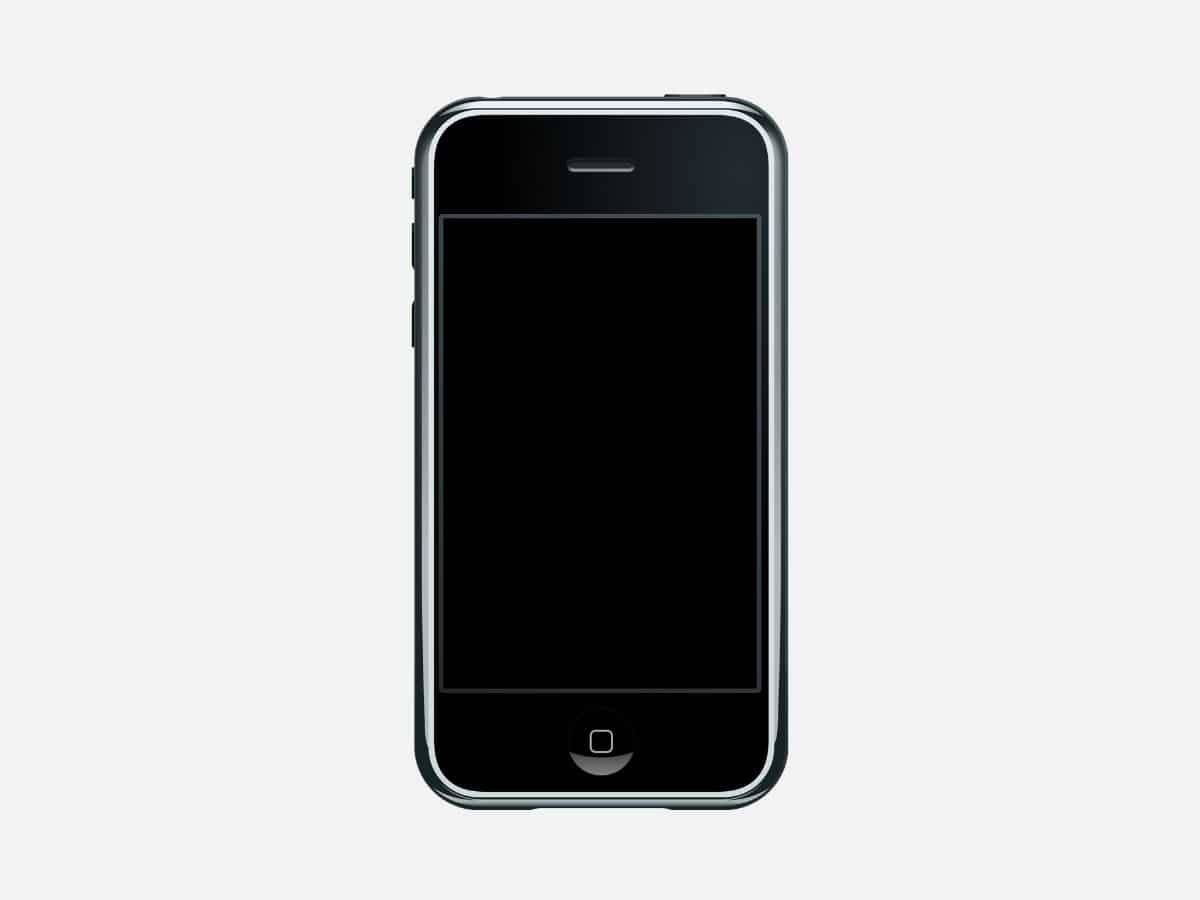
1. iPhone
The OG iPhone shines a light on the phone’s humble yet very impressive beginnings. The first-ever mobile device released by Apple, it had a 3.5″ display screen, was 11.6mm thick, 128MB memory and had 16GB of storage, surprisingly, it was massive at the time, though it may not seem like it compared to the storage of iPhones these days.
In terms of features, the original iPhone did not support 3G but instead ran on quad-band GSM with GPRS and EDGE, a 2MP camera and was touchscreen with no keyboard. The cost was just $599, which seems like daylight robbery by today’s standards. The phone was to be the first in a very long line, and at the time, was considered a reimagining of the traditional mobile device that would only continue to grow.
Release date: 29 June 2007
Price: USD$599
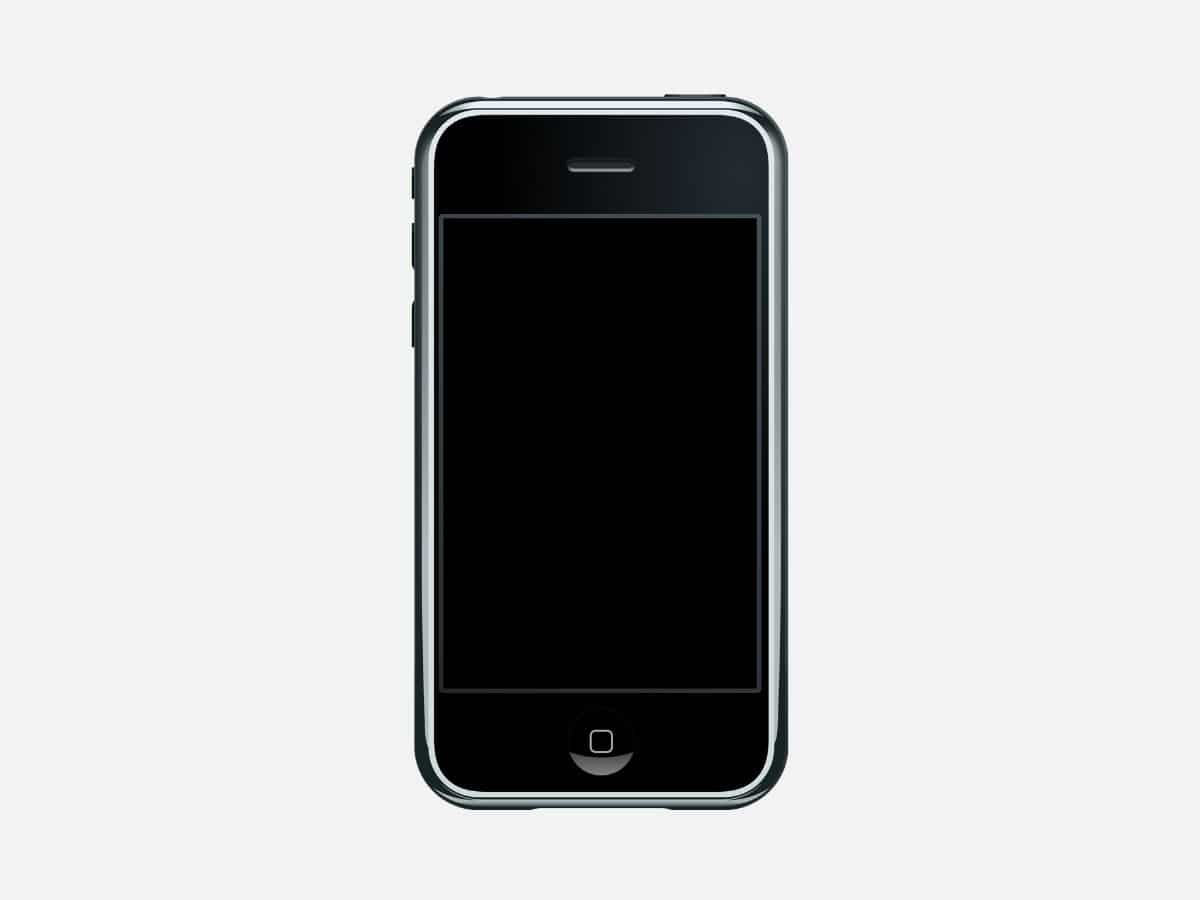
2. iPhone 3G
Next up in the iPhone release order is the iPhone 3G. Whilst much of the exterior design didn’t change, the iPhone model’s most notable advancement was its ability to access 3G mobile data. The iPhone 3G ran much the same software as its predecessor. It’s safe to say this was the iPhone that catapulted the phone into the market as the must-have mobile device.
The iPhone 3G was 12.3mm thick and had a 3.5″ display screen and a 2MP camera, along with a 128MB memory. Everyone seemed to love it as much as the anticipation built up – it sold a million units for $699 in the first weekend of its release, paving the way for the next iPhones that would only follow in its footsteps. A 3GS model would follow, with the ‘S’ standing for speed and including performance improvements, a three-megapixel camera with higher resolution and video ability, and voice control.
Release date: 11 July 2008
Price: USD$699
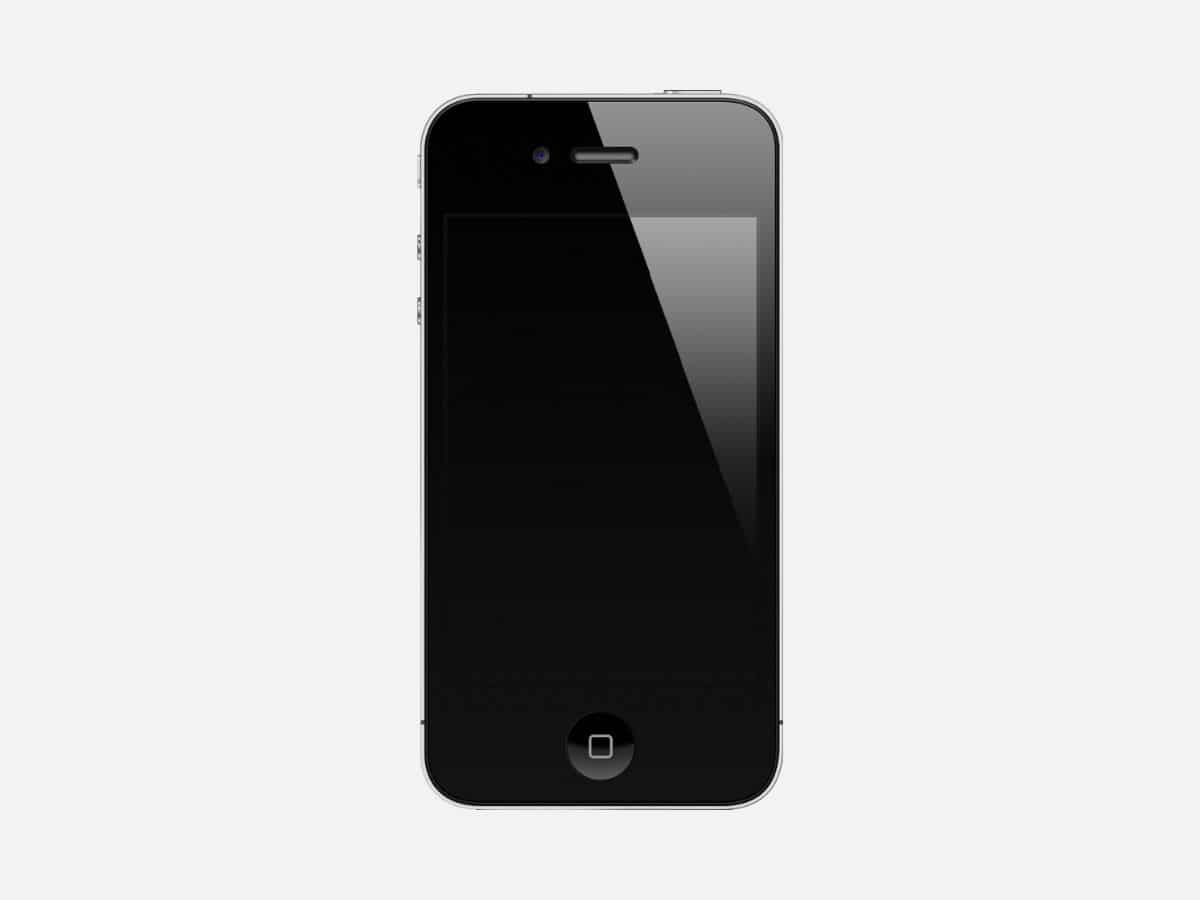
3. iPhone 4
Two years later came the iPhone 4, a year after the release of the iPhone 3GS, and it was well received worldwide for its crazy-fast speed, a speed never seen before on a mobile. Apple introduced faster speeds, bumping both the CPU and the phone’s memory to improve performance. Other than this, its design was still pretty similar to its two predecessors, except for a few features.
It was the first iPhone to run on an Apple processor, the Apple A4 and updated features included a better-quality camera, up from 2MP to 3MP, and 480P video. This worked wonders in drawing people to the new release, and the phone was one of the best-selling phones of its era, selling millions, for the same price as the iPhone 3G.
Release date: 24 June 2010
Price: USD$699, AUD$999
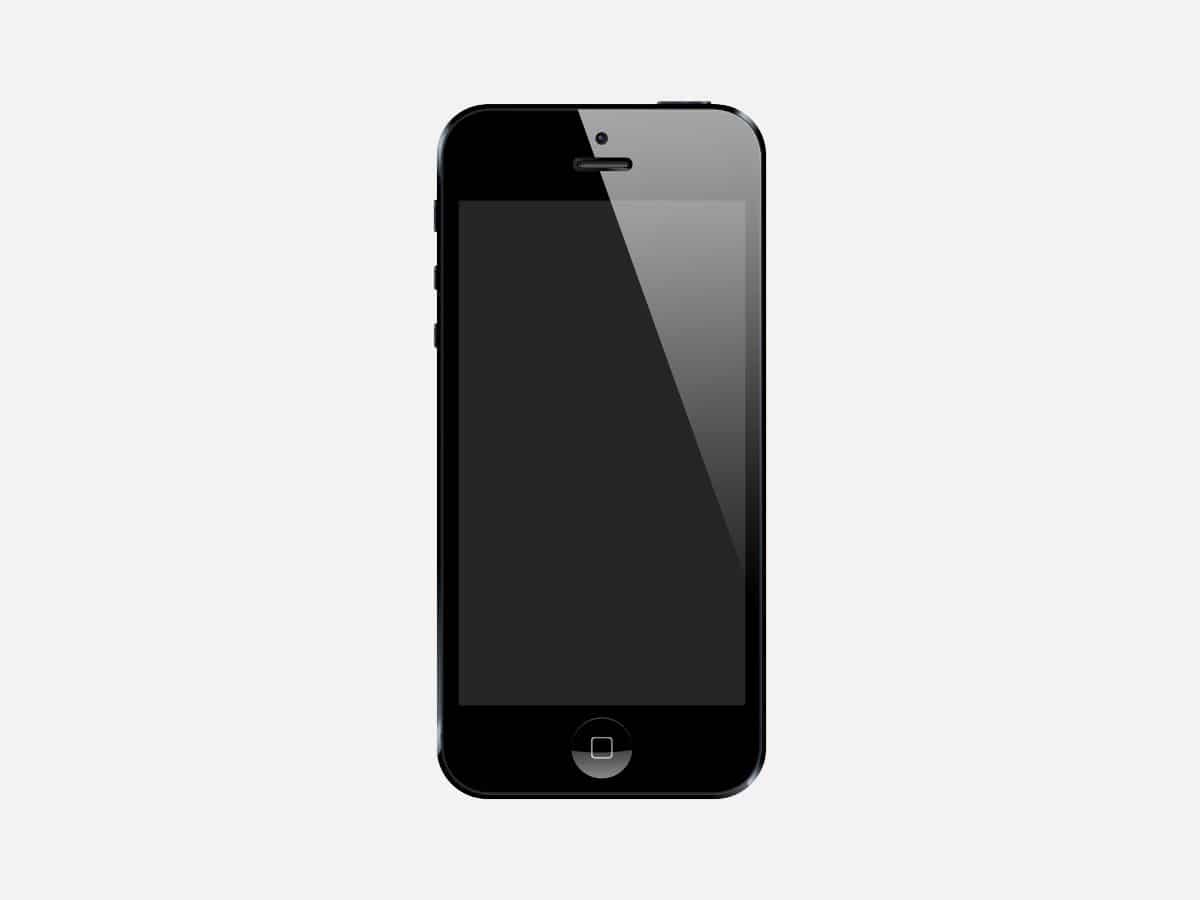
4. iPhone 5
After the release of the iPhone 4s in 2011, the iPhone 5 followed, which we can bet at least one of your mates still has today. While it may have looked just like the iPhone 4s at the time, it came with some pretty big updates and differences. Not only was it thinner and lighter, but it was the first iPhone to support 4G LTE.
On top of that, it boasted improved performance thanks to the new A6 processor it ran on. It had 1 GB of memory, lightning connectors, slow-motion video capture, dual flash, touch ID, a 4-inch display, and an 8.0 MP camera. It also sold well, racking up 2 million pre-orders in the 24 hours after launch and 5 million units in its first week. Newer versions of this model —the 5C and 5S —were released roughly a year later, in September 2013.
Release date: 21 September 2014
Price: USD$849, AUD$999
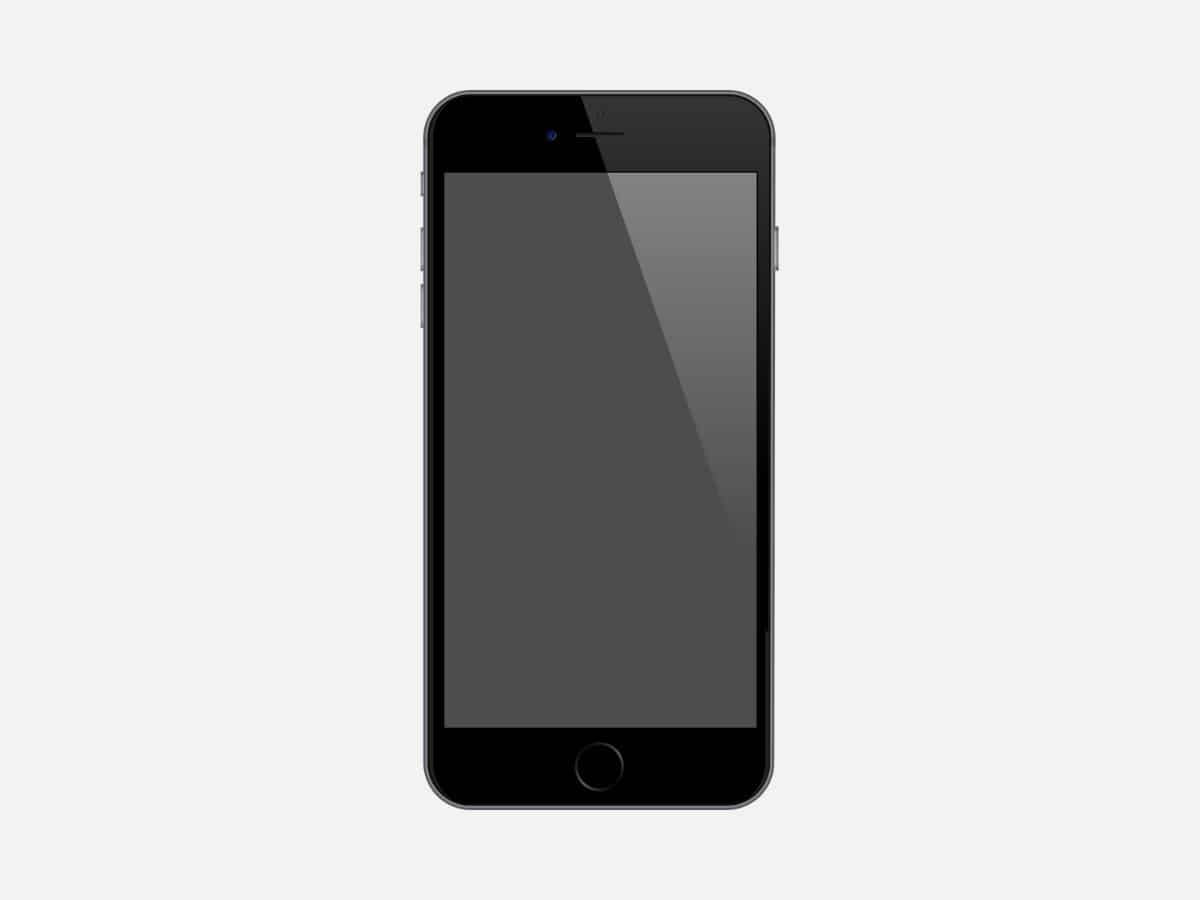
5. iPhone 6 and 6 Plus
Among the iPhones released, the iPhone 6 and 6 Plus were among the most significant visual changes since the design update that came with the iPhone 4. They were the biggest phones Apple had released to date, with a 5.5-inch 1080p display, meaning there was no longer a 4-inch iPhone option. We definitely remember the shock at the time!
Other features included a Retina HD display, 128 GB storage, 4.7-inch (iPhone 6) and 5.5-inch (iPhone 6 Plus) displays, a 12MP camera, and 2GB of memory, improving on every aspect of technology compared to its iPhone 5 counterparts. As a result, Apple’s iPhone 6 and iPhone 6 Plus remain one of the company’s best-selling models of all time.
Release date: 19 September 2015
Price: USD$849 (iPhone 6), USD$949 (iPhone 6 Plus), AUD$1,129 (iPhone 6), AUD$1,249 (iPhone 6 Plus)
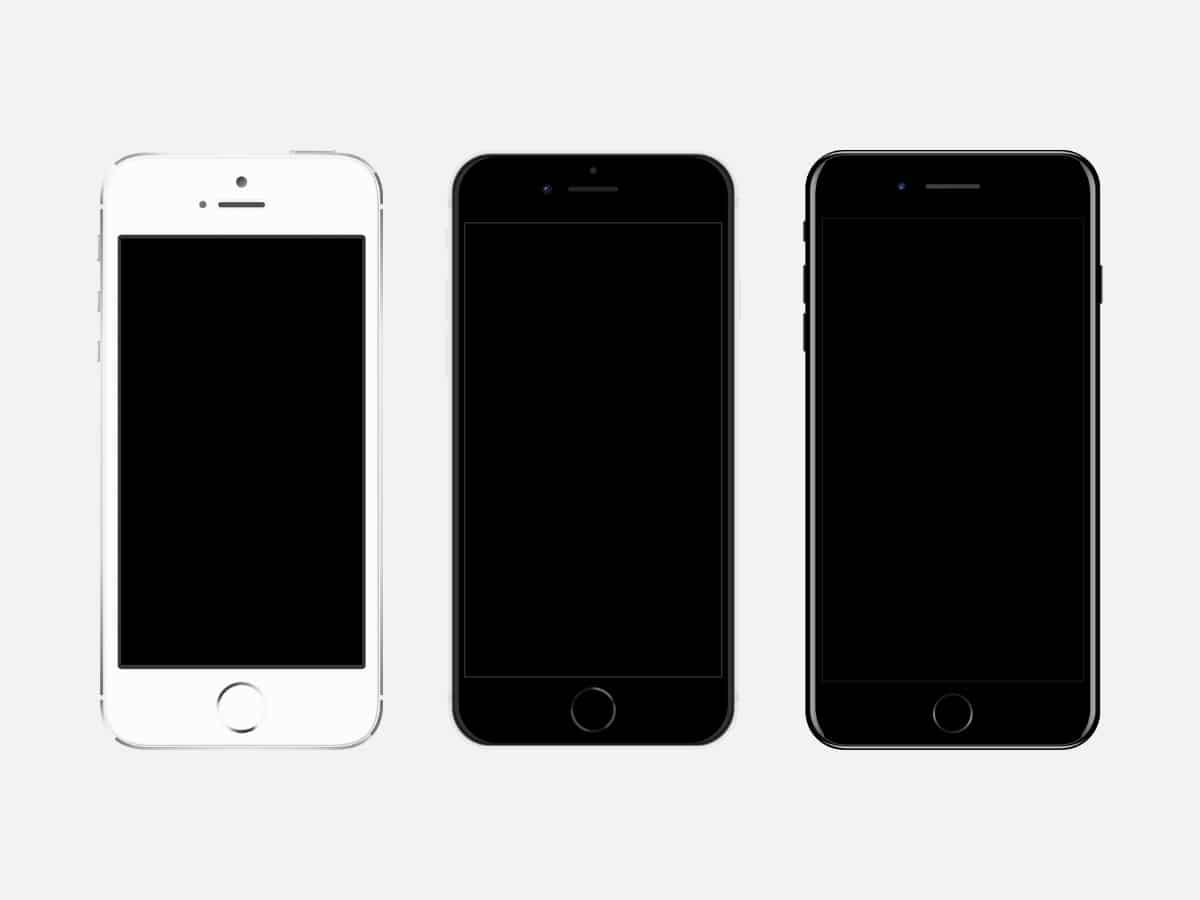
6. iPhone SE
The first iPhone SE appeared in 2016, and it would go on to become the favoured iPhone among millions of loyal Apple consumers. After the release of the biggest iPhone yet, with the iPhone 6 and 6 Plus, Apple turned things down a notch by releasing this much smaller, compact iPhone. It was also more affordable, with many of the same features as its more expensive brethren. Since its release, the SE model has seen three versions: 2016 (1st Gen), 2020 (2nd Gen), and 2022 (3rd Gen).
Release date: 31 March 2016
Price: from USD$299 (1st Gen), USD$719 (3rd Gen)
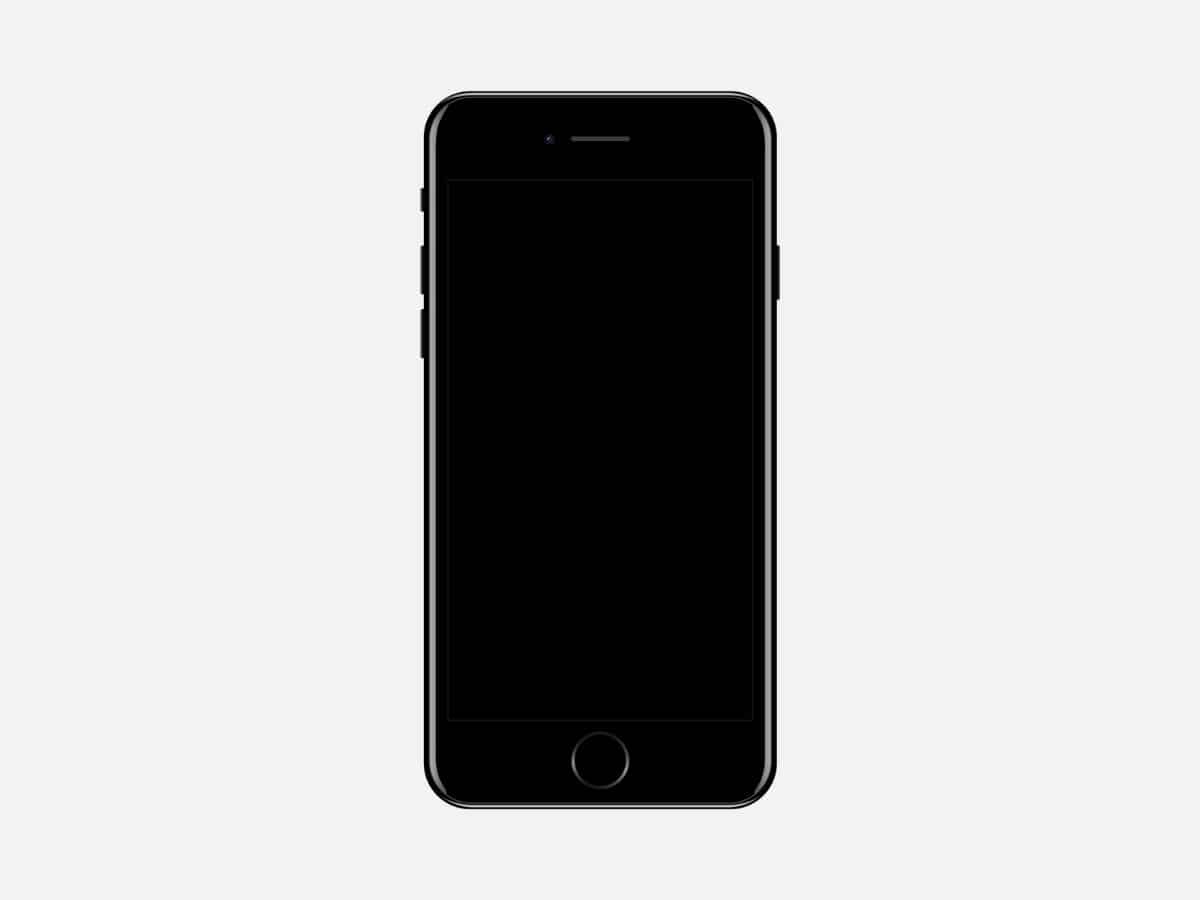
7. iPhone 7 and 7 Plus
Things took a significant turn with the release of the iPhone 7 and 7 Plus. Whilst running on the same CPU, Apple’s A10 Fusion, this iPhone model boasted some huge updates. These updates included a 16GB base option, 32GB and 256GB storage, the very first dual-lens camera with OIS and 2X optical zoom, and a new jet-black colour.
Another significant change was the removal of the headphone jack, replaced by earbuds and a wireless converter. We’re not going to sugarcoat things and say this didn’t upset a few people at the time including us), but the iPhone was still a massive success, selling in the millions.
Release date: 16 September 2016
Price: USD$849 (iPhone 7), USD$969 (iPhone 7 Plus), AUD$1,379 (iPhone 7), AUD$1,569 (iPhone 7 Plus)
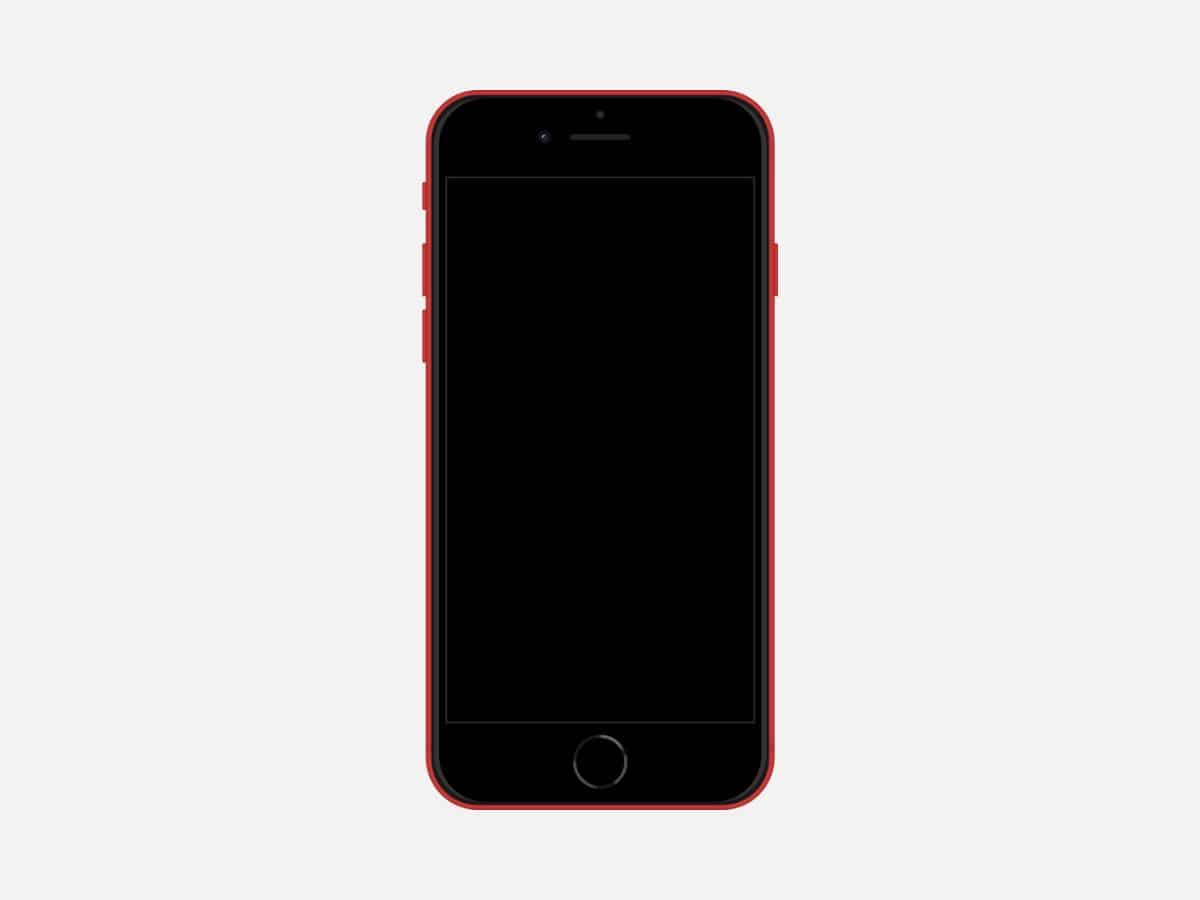
8. iPhone 8 and 8 Plus
Not much changed with the release of the iPhone 8 and iPhone 8 Plus, except for some slight aesthetic and user-experience updates, like the glass back, wireless charging, and photo editing and filtering. In addition to this, the phone had some subtle software improvements, running on a slightly more powerful CPU and featuring an improved True Tone display.
Release date: 17 September 2017
Price: USD$849 (iPhone 8), USD$949 (iPhone 8 Plus), AUD$1,329 (iPhone 8), AUD$1,479 (iPhone 8 Plus)
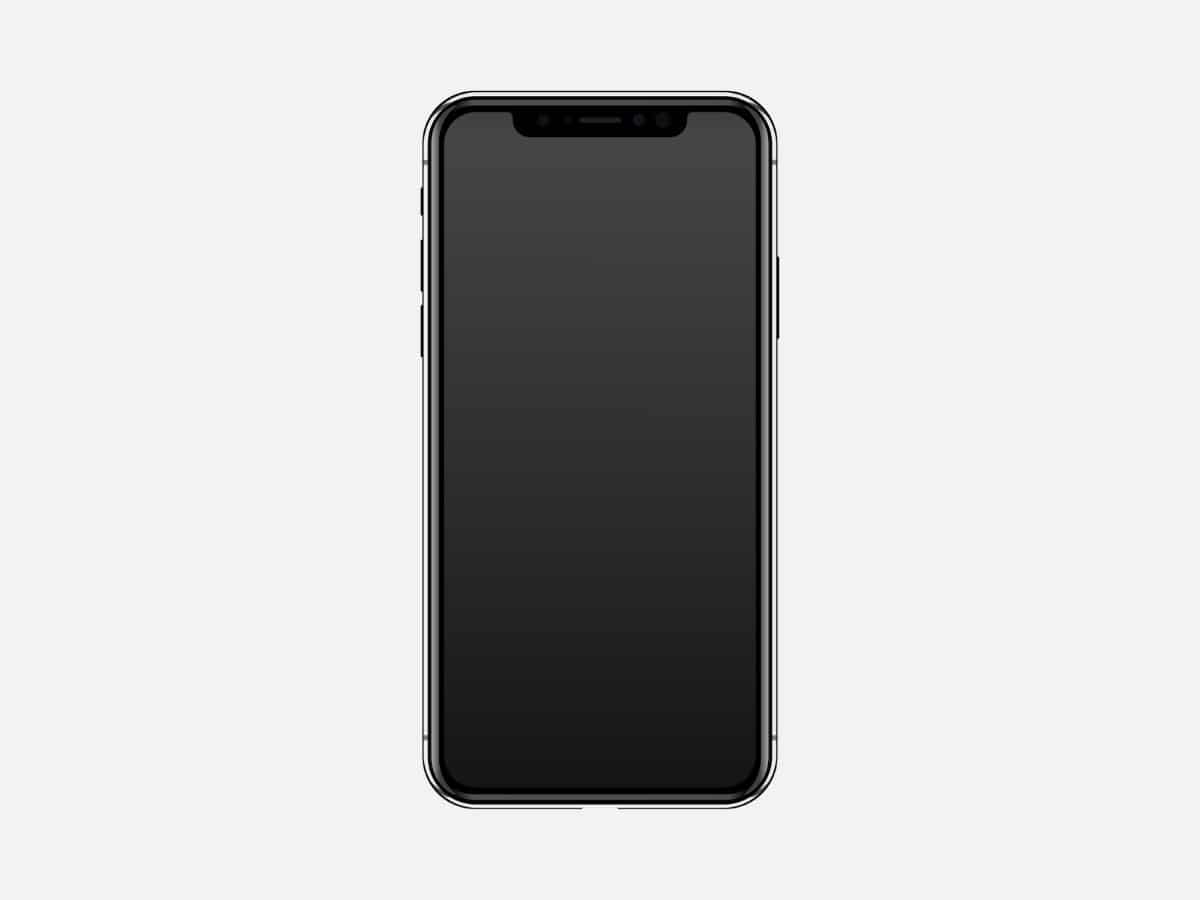
9. iPhone X
After 10 incredible years of the iPhone, Apple came out with not a number, but a letter – X, for its next release. If this wasn’t enough to excite people at the time, the radical changes certainly were. Apple’s iPhone X was completely different in how it looked and in its new, epic features.
The iPhone X introduced OLED displays, replaced the home button with Face ID, and introduced portrait mode and an extra front-facing camera. There were a few iterations of this: the iPhone XS and XS Max with Super Retina HD display, and the iPhone XR. This massive step in phone technology did, however, come at a price.
Release date: 3 November 2018
Price: USD$999 (64GB), USD$1,149 (256GB) | AU$1,579 (64GB), AU$1,829 (256GB)
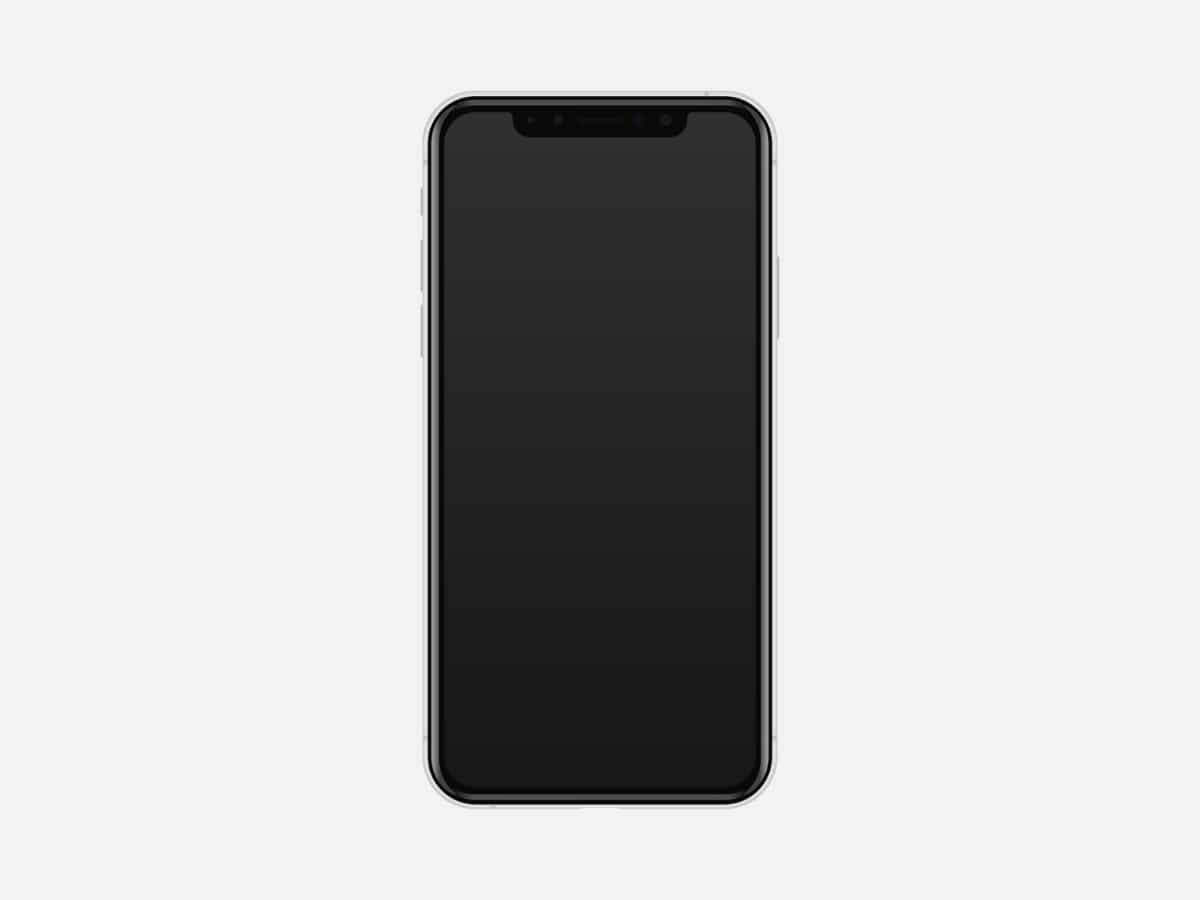
10. iPhone 11
The iPhone 11 came with a range of releases, including the 11 Pro and 11 Pro Max, and was cheaper than its predecessor, which was just one of the reasons it was so popular. Some of the added features included triple-lens cameras and improved camera performance, as well as a Super Retina XDR display. The phones ran Apple’s A13 chipset, a hugely powerful SoC, which made the iPhone 11 even more loved by consumers.
Release date: 20 September 2019
Price: from USD$699 / from AU$1,199
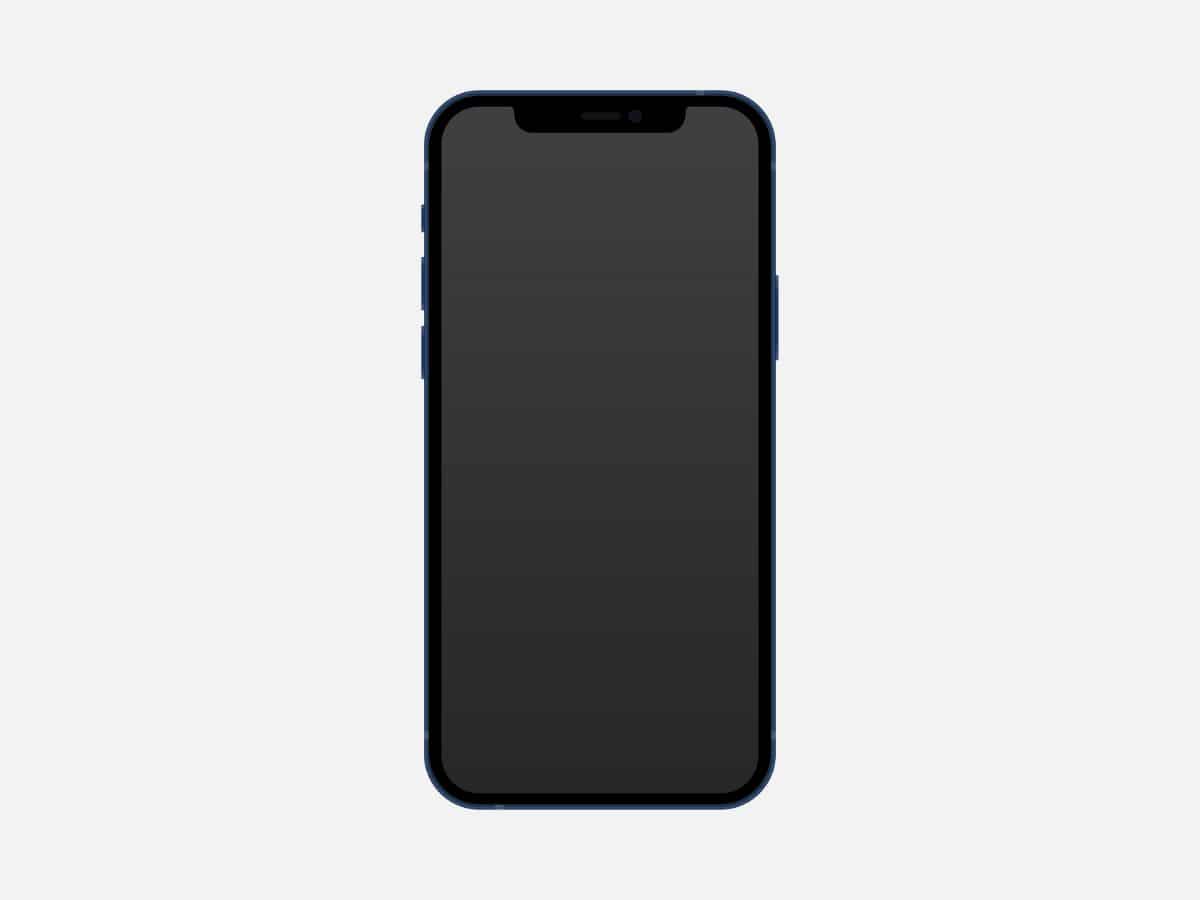
11. iPhone 12
Next up in the iPhone models timeline is the iPhone 12. The iPhone 12 and iPhone 12 mini came with some cool new features like edge-to-edge Super Retina XDR displays and a new Ceramic Shield cover. The camera also received yet another update: a dual-camera system capable of shooting HDR video in Dolby Vision on an Ultra-Wide camera and a new Wide camera, boasting the best video quality of any smartphone at the time. Also, a first for iPhones, it was the first phone that enabled 5G connectivity.
Release date: 23 October 2020
Price: from AUD$1,349
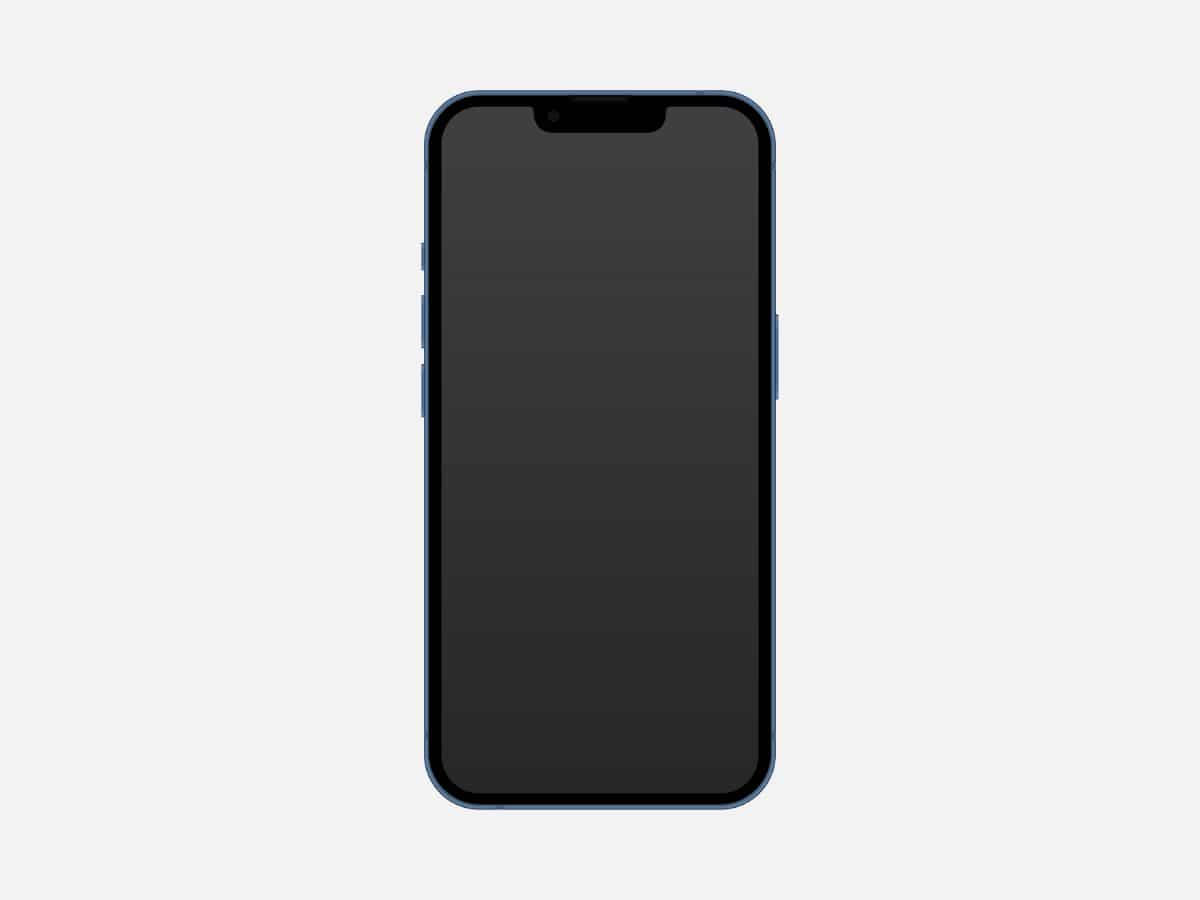
12. iPhone 13
The iPhone 13 was released alongside the iPhone 13 mini, iPhone 13 Pro, and iPhone 13 Pro Max. Whilst the design was more or less the same, except for some new colour options, it was a bit smaller and included many significant internal updates. With a better camera, the latest processor, and an improved battery, this model probably has the thing we loved most about it.
Check out our feature article on the iPhone 13 here for all the technical specs.
iPhone 13 price guide:
- iPhone 13 Mini – from AUD$1,199 (discontinued)
- iPhone 13 – from AUD$1,099
- iPhone 13 Pro – AUD$1,699 (discontinued)
- iPhone 13 Pro Max – AUD$1,849 (discontinued)
Release date: 24 September 2021
Price: from AUD$1,199 when released
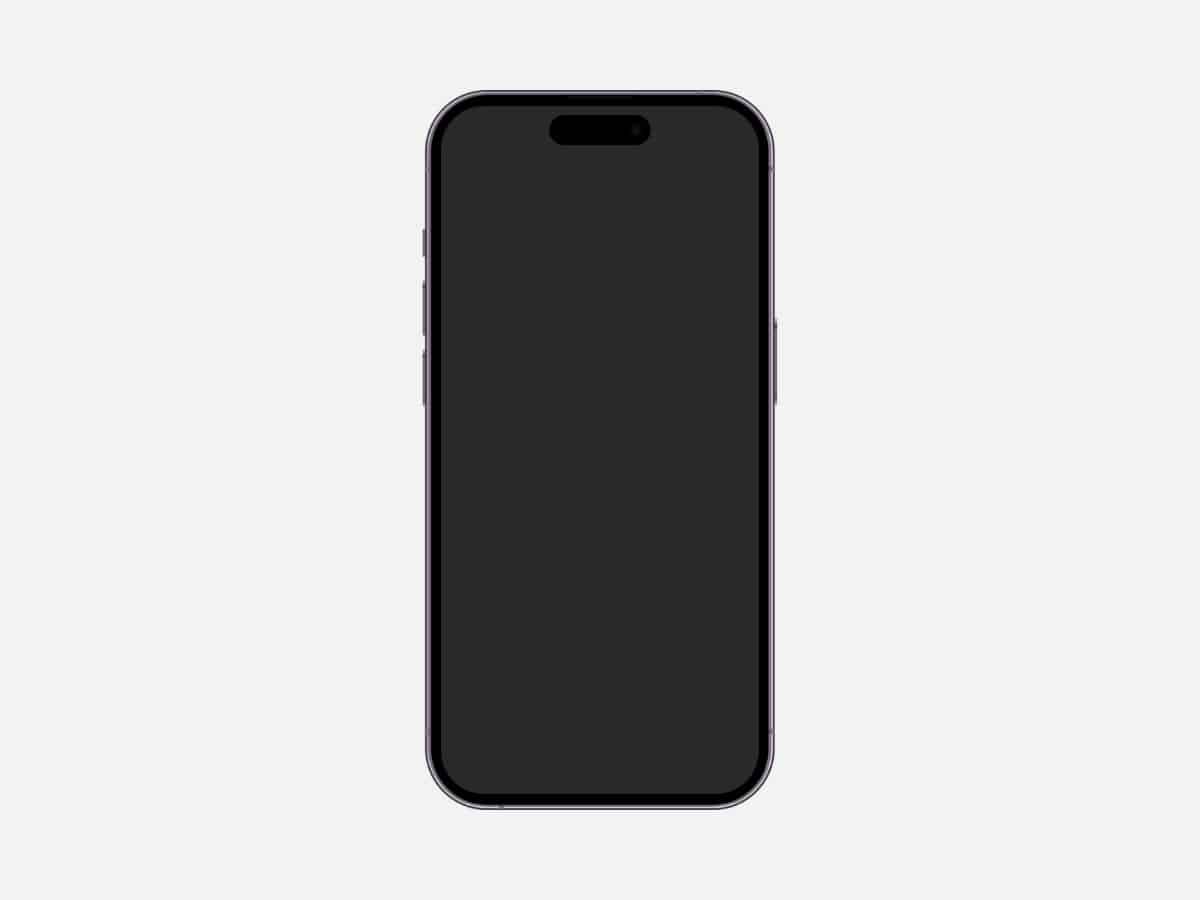
13. iPhone 14
The Apple iPhone 14 was released on Friday, 16 September 2022, with a new chipset, camera, and ‘dynamic island’ in the Pro models to replace the notch. When it comes to the iPhone 14 pricing, it surprisingly remained unchanged from the equivalent iPhone 13 models.
While the new iPhone 16 has been released, prices have been further discounted across the iPhone 14 range, with the iPhone 14 and iPhone Plus currently available via the links below. Interestingly, the iPhone 14 Pro and iPhone 14 Pro Max have been discontinued and are not available for purchase on the Apple website.
More information on the iPhone 14 release can be found in our feature article here.
iPhone 14 price guide:
- iPhone 14 – from AUD$1,049
- iPhone 14 Plus – from AUD$1,249
- iPhone 14 Pro – AUD$1,749 (discontinued)
- iPhone 14 Pro Max – AUD$1,899 (discontinued)
With the release of the iPhone 14 lineup, we sadly lost the Mini.
Release date: 16 September 2022
Price: from AUD$1,399
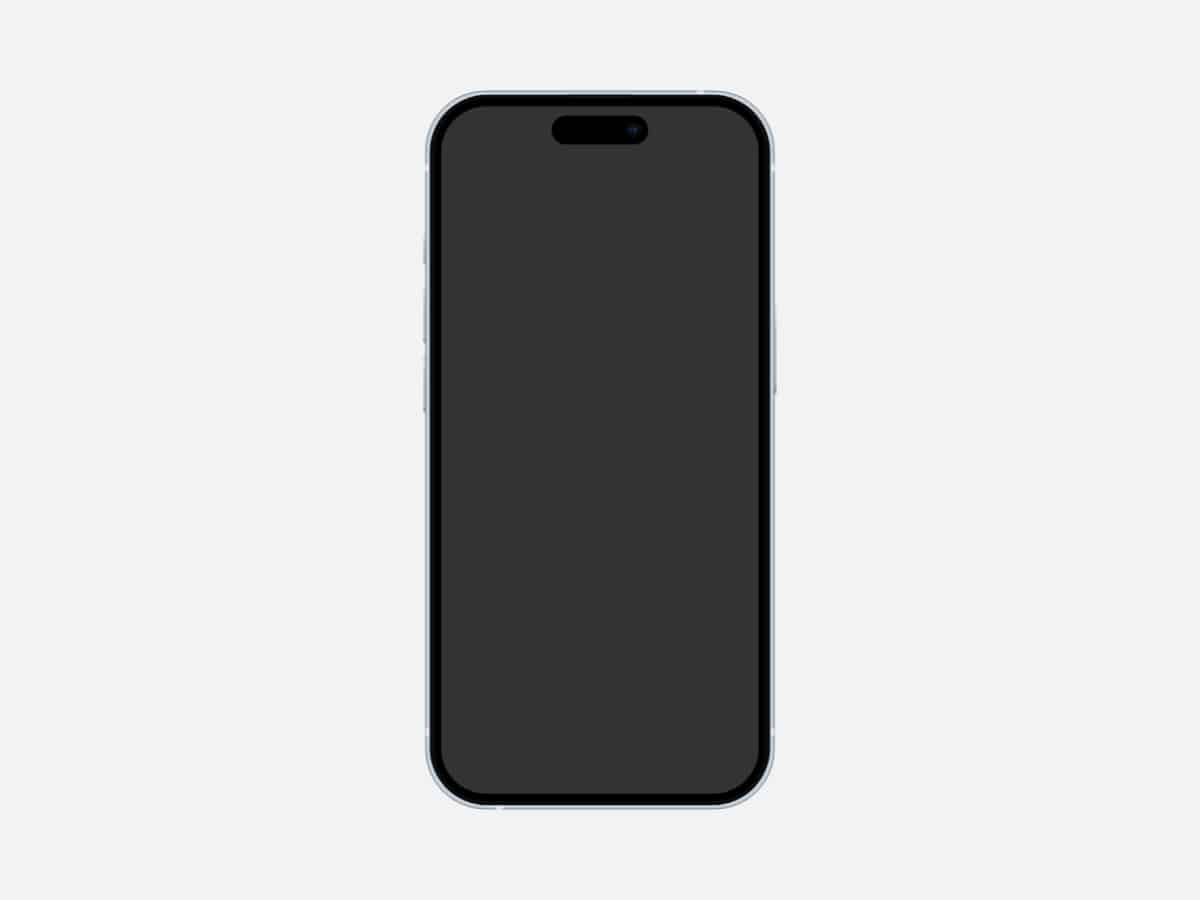
14. iPhone 15
For the release of the iPhone 15 and 15 Pro on 22 September 2023, Apple introduced USB-C to its phones for the first time and increased prices by AUD$100 across the model lineup.
In terms of improvements over the iPhone 14, Apple turned things up a notch again, introducing a Titanium casing and a new action button to the Pro models. The latest A17 Pro chip made its way into the Pro and Pro Max, while the standard iPhone kept the A16 Bionic chip from the iPhone 14. Peak outdoor brightness was increased to 2000 nits (twice the previous generation), while both the Pro and standard models received improved audio quality on phone calls with the new ‘Voice Isolation’.
Cameras for both model grades were increased to 48MP, with 24MP as the default, and Night Mode and Smart HDR were improved. The Pro models also received Log encoding for professional video and the ability to connect an external hard drive when shooting for storing these super-sized files. Finally, and most notably, 5x optical zoom was introduced exclusively to the Pro Max, along with the ability to capture ‘Spatial Video’ (three-dimensional video) for use with Apple Vision Pro in the future.
With the launch of the iPhone 16 series, the iPhone 15 has seen a price drop, which is reflected below. The Pro and Pro Max versions of the phone were also discontinued.
More information on the iPhone 15 release can be found in our feature article here.
iPhone 15 price guide:
- Apple iPhone 15 – From AU$1,249
- Apple iPhone 15 Plus – From AU$1,399
- Apple iPhone 15 Pro – AU$1,849 (discontinued)
- Apple iPhone 15 Pro Max – AU$2,199 (discontinued)
Release date: 22 September 2023
Price: from AUD$1,499
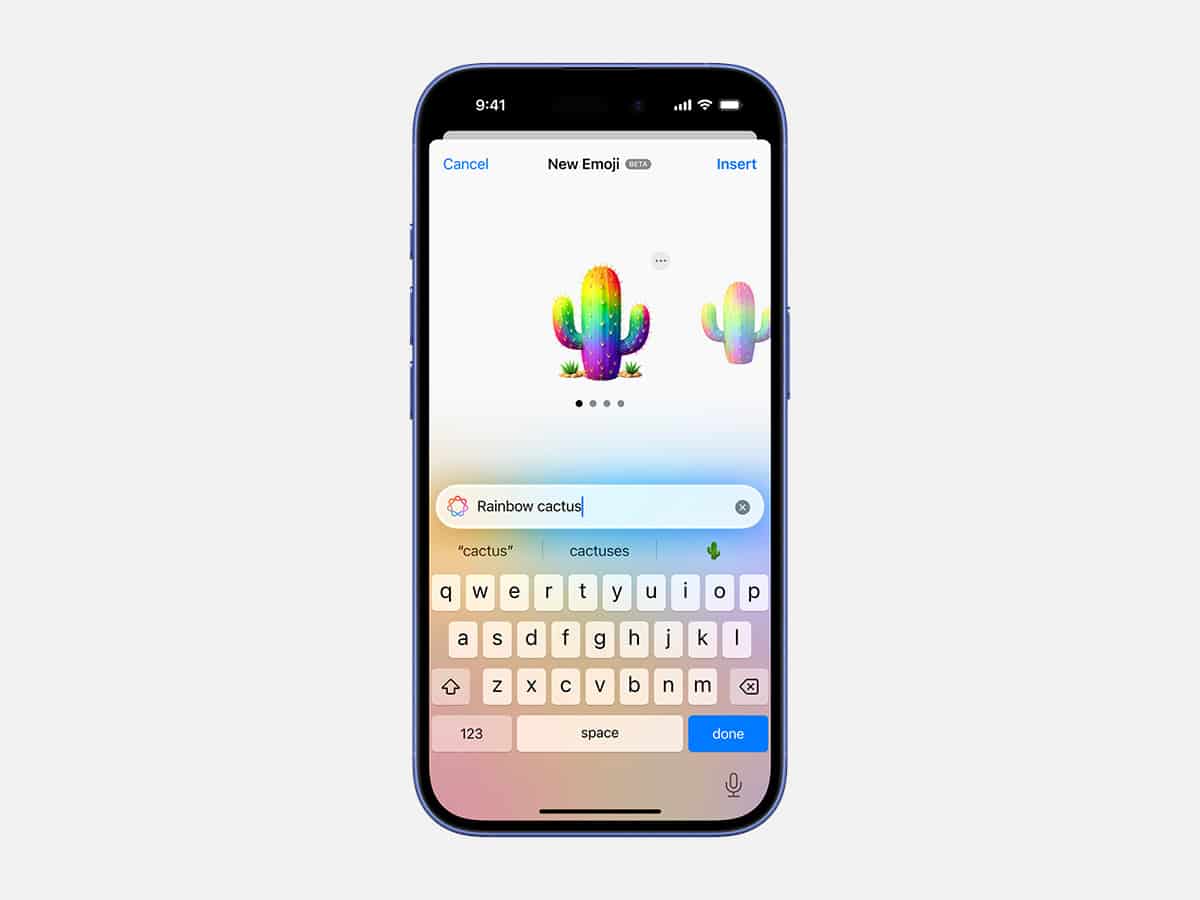
15. iPhone 16
The iPhone 16 lineup signalled Apple’s launch into the realm of AI: that’s Apple Intelligence, not Artificial. The iPhone 16, while pretty similar to previous models on a hardware level, democratised the experience across its base, Plus, Pro, and Pro Max models by giving every model access to the Camera Control and Action Button.
Plus, with the A17 Bionic chip’s enhanced neural cores, AI was the flagship feature, but the phone didn’t launch with it. There’s an odd gap between the phone’s launch and when Apple Intelligence actually became publicly available, which left the new phone feeling lacking in substance.
It’s a great phone, though, and more than a capable upgrade for anyone needing a new handset.
More information on the iPhone 16 release can be found in our feature article here.
iPhone 16 price guide:
- Apple iPhone 16 – From AU$1,399
- Apple iPhone 16 Plus – From AU$1,599
- Apple iPhone 16 Pro – From AU$1,799
- Apple iPhone 16 Pro Max – From AU$2,149
Release date: 20 September 2024
Price: from AU$1,399
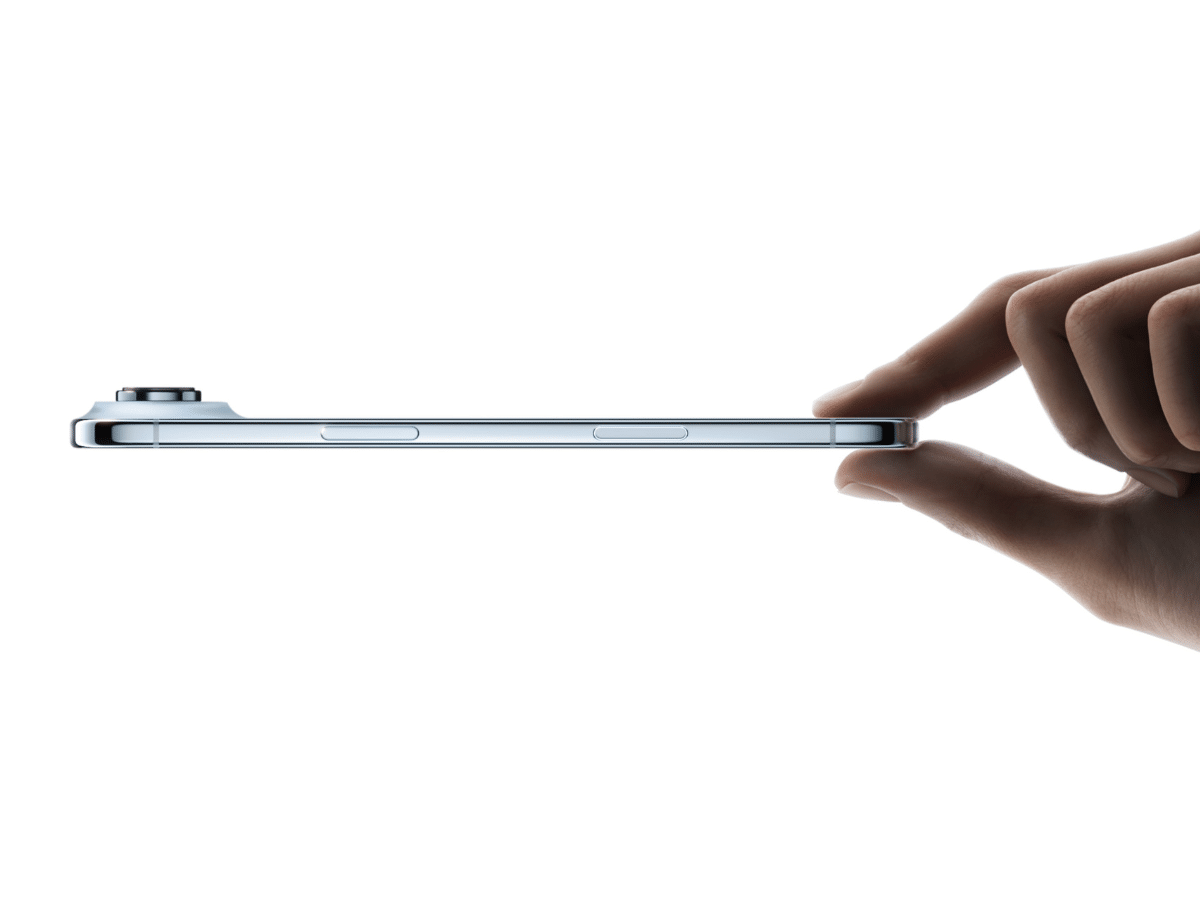
16. iPhone 17 and iPhone Air
The launch of the iPhone 17 series was monumental in a few ways. Firstly, it coincided with the launch of iOS 26—the first major refresh of the iOS ecosystem in years, bringing a ‘Liquid Glass’ design language—but it also delivered a brand new phone vertical in the iPhone Air. Coming in at just 5.6mm, the Air is also one of the lightest products Apple has ever made.
Not to be outdone, the iPhone 17 Pro was also radically redesigned with an aluminium unibody chassis designed to deliver a custom-fit vapour chamber, a larger battery, and an improved three-lens camera system.
It was the base iPhone 17 that received the perhaps most significant upgrade. For the first time, the base iPhone launched with Apple’s fantastic Super Retina Pro Motion display (a fancy way of saying a 120Hz OLED screen with a high pixel count), as well as a far more energy-efficient processor in the new A19. These changes radically levelled the playing field between the 17 and the 17 Pro, making for an interesting decision for phone buyers in 2025.
More information on the launch of the iPhone 17 series can be found in our feature article here
iPhone 17 price guide:
- Apple iPhone 17 – From AU$1,399
- Apple iPhone Air – From AU$1,799
- Apple iPhone 17 Pro – From AU$1,999
- Apple iPhone 17 Pro Max – From AU$2,199
Release date: 19 September 2025

A Brief History of the iPhone
Looking back into the archives, it’s hard to imagine a world without the iPhone. It’s been more than 15 years since the late Steve Jobs stood before the world and proclaimed that the future was in the palm of our hands. The categorical success of the smartphone has surpassed all expectations. The story of how it came to be is just as interesting, starting way back in 2004. As the former leader of Apple, Jobs, along with design engineer Sir Jonathan Ive, Software engineer Scott Forstall, and hardware engineer Tony Fadell, gathered a group of 1,000 employees to begin work on a secret project known only as ‘Project Purple’, writes The Verge.




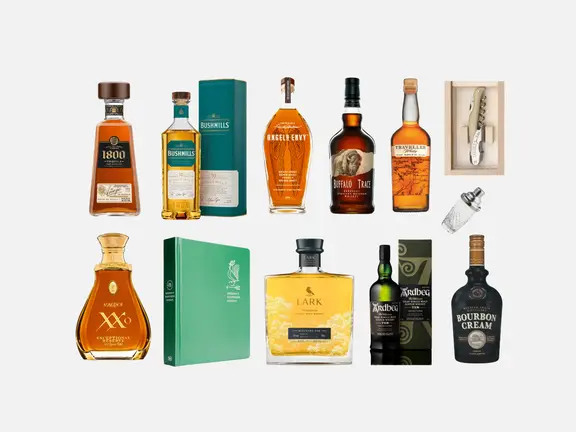

















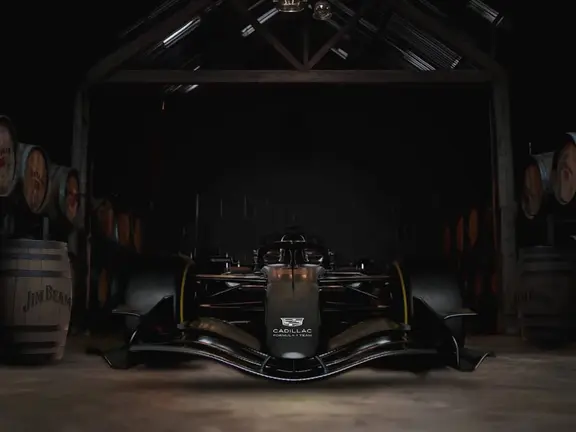
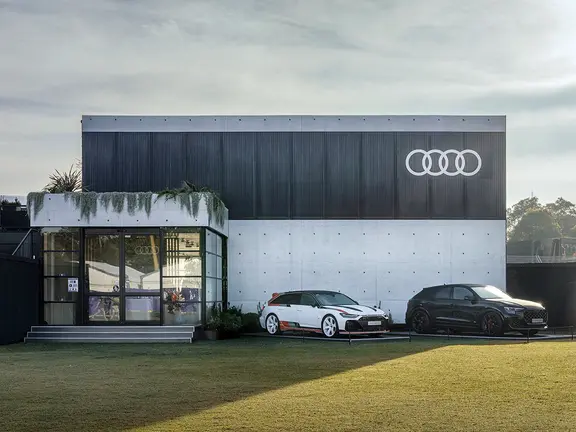


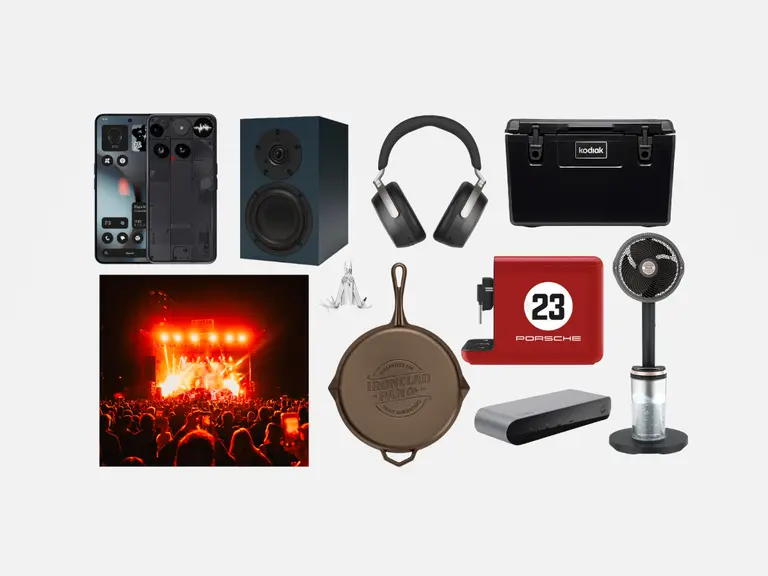






Comments
We love hearing from you. or to leave a comment.